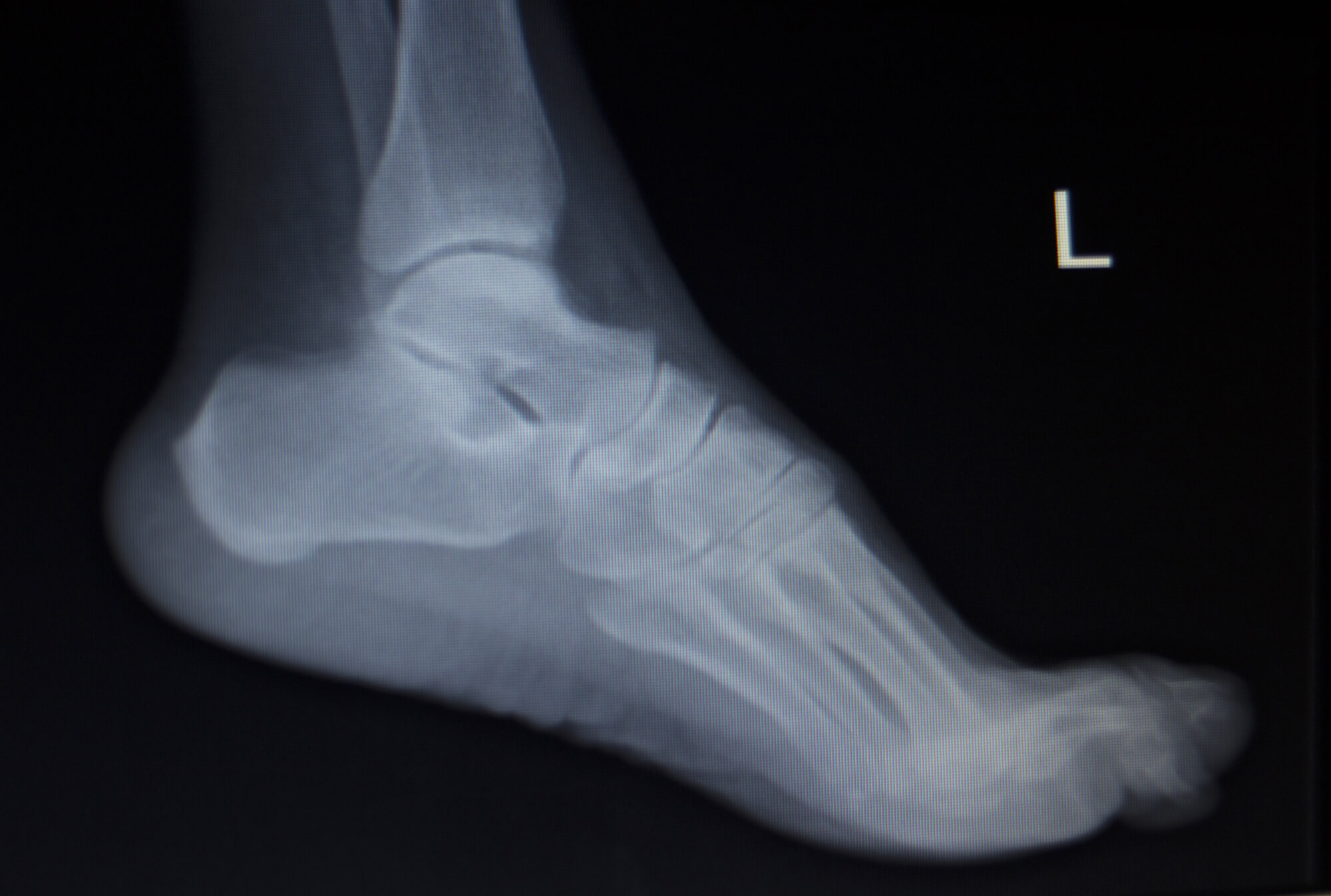Symptoms of a Broken Ankle
If you've ever twisted your ankle or suffered an injury to your foot or ankle, you know how painful and inconvenient it can be. A broken ankle is a serious injury that requires prompt medical attention and treatment. Recognizing the symptoms of a broken ankle is important to seek proper treatment and prevent further damage. This article will discuss the symptoms of a broken ankle, how it is diagnosed and treated, and ways to prevent ankle fractures.
What Is a Broken Ankle?
A broken ankle, also known as an ankle fracture, is a break or crack in one or more of the bones that make up the ankle joint. The ankle joint is made up of three bones: the tibia (shinbone), the fibula (smaller bone on the outside of the lower leg), and the talus (ankle bone). A broken ankle can range in severity from a simple fracture, a clean break in the bone, to a more complex fracture involving multiple breaks or displacement of the bones.
Several types of ankle fractures can occur, including:
- Stable fracture: This type of fracture involves a clean break in the bone that is not displaced, meaning the pieces of the broken bone are still in proper alignment.
- Displaced fracture: This type of fracture involves a break in the bone that is displaced, meaning the pieces of the broken bone are no longer in proper alignment.
- Comminuted fracture: This type of fracture involves a broken bone into multiple pieces.
- Spiral fracture: This type occurs when the bone is twisted and broken in a spiral pattern.
- Stress fracture: A stress fracture is a thin crack in the bone that occurs due to repetitive stress or overuse rather than a single traumatic event.

Common Symptoms of A Broken Ankle
If you suspect a broken ankle, it's important to seek medical attention as soon as possible. Some common symptoms of a broken ankle include:
- Pain and swelling in the ankle area: The most obvious symptom of a broken ankle is pain, ranging from mild to severe. Swelling is also common, as the body's natural response to an injury is sending blood and fluid to the affected area to aid healing.
- Difficulty walking or bearing weight on the affected ankle: If you have a broken ankle, it may be difficult or impossible to walk or bear weight on the affected ankle. This can make it difficult to perform everyday activities, such as getting out of bed or walking up stairs.
- Bruising and discoloration: Bruising and discoloration may occur due to the injury and the accumulation of blood and fluid in the area.
- Tenderness to the touch: The area around a broken ankle may be tender to the touch, as the bone and surrounding tissue are damaged and sensitive.
- Deformity or misalignment of the ankle joint: If the bone is displaced or misaligned, the ankle joint may appear deformed or out of place.
- Numbness or tingling sensations: A broken ankle may sometimes cause numbness or tingling sensations in the affected area.

When to Seek Medical Attention
If you suspect a broken ankle, it's important to seek medical attention as soon as possible. A podiatrist (a medical professional who specializes in the treatment of foot and ankle conditions) or an orthopedic doctor (a medical professional who specializes in the treatment of bones and joints) can diagnose and treat a broken ankle. Some situations in which it's especially important to seek medical attention for a suspected broken ankle include:
- Severe pain or swelling: If the pain or swelling is severe, it could be a sign of a more serious injury, such as a displaced fracture or a fracture that requires surgery.
- Inability to bear weight on the affected ankle: If you cannot bear weight on the affected ankle, it could signify a more serious injury requiring immediate attention.
- Deformity or misalignment of the ankle joint: If it appears deformed or out of place, it could be a sign of a displaced fracture that requires immediate attention.
Diagnosis and Treatment
To diagnose a broken ankle, your doctor will likely ask about your medical history and how the injury occurred. They will also perform a physical examination of the affected ankle, checking for swelling, tenderness, and deformity. To confirm the diagnosis, your doctor may order an imaging test, such as an X-ray or MRI scan, to better view the bones and surrounding tissue.
Treatment for a broken ankle will depend on the severity of the injury and the type of fracture. In some cases, a simple stable fracture can be treated with immobilization using a cast or splint to keep the bone in place while it heals. Physical therapy may be recommended to help strengthen the muscles and restore the range of motion to the ankle joint. In more severe cases, surgery may be necessary to repair the broken bone and realign it.
After a broken ankle is treated, it's important to follow your doctor's recommendations for care and rehabilitation to help ensure a full recovery. This may include rest, ice, elevation, and physical therapy to help the ankle heal and regain strength.

Preventing Ankle Fractures
There are several steps you can take to help prevent ankle fractures. These include:
- Wearing appropriate footwear: Wearing shoes that fit properly and provide good support can help reduce the risk of ankle fractures. Avoid wearing high heels or shoes with thin soles, as these can increase your risk of falling and injuring your ankle.
- Avoiding high-impact activities on uneven surfaces: Activities such as running or jumping on uneven surfaces, such as grass or gravel, can increase your risk of an ankle injury.
- Strengthening the muscles in your feet and ankles: Strong foot and ankle muscles can help support the joints and reduce the risk of injury. Exercises such as calf raises and ankle rotations can help strengthen these muscles.
- Stretching before physical activity: Stretching before engaging in physical activity can help loosen the muscles in your feet and ankles and improve your range of motion, which can help reduce the risk of injury.
Conclusion
A broken ankle is a serious injury that requires prompt medical attention and treatment. Recognizing the symptoms of a broken ankle, such as pain, swelling, and difficulty walking, is important to seek proper treatment and prevent further damage.
In more severe cases, treatment for a broken ankle may include immobilization, physical therapy, and surgery. You can take steps to help prevent ankle fractures, including wearing appropriate footwear, avoiding high-impact activities on uneven surfaces, and strengthening the muscles in your feet and ankles.
If you suspect that you have a broken ankle, don't hesitate to seek medical attention. A podiatrist or orthopedic doctor can diagnose and treat a broken ankle and help you fully recover.

